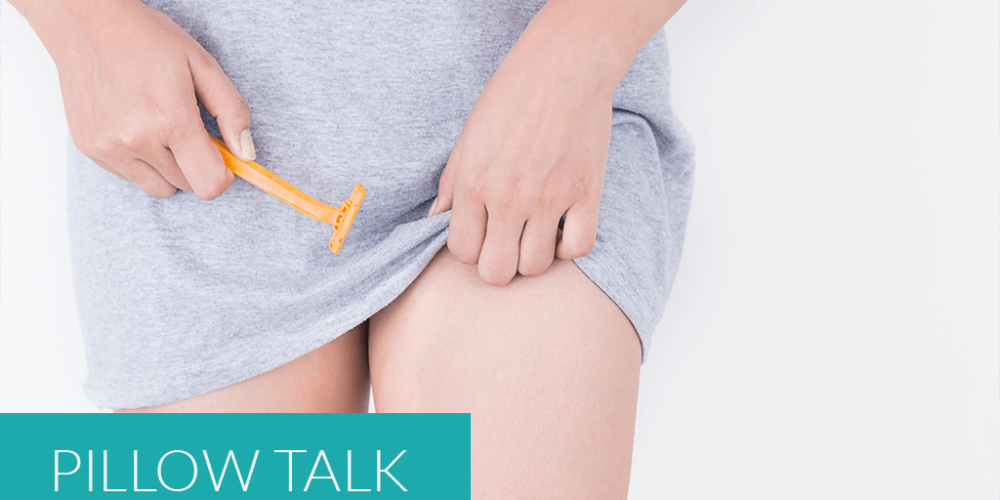Grooming pubic hair: increased STI risk
 A survey of around 7,500 people between the ages of 18 and 65 has revealed that pubic hair “groomers” had a higher rate of sexually transmitted infections (STIs)
A survey of around 7,500 people between the ages of 18 and 65 has revealed that pubic hair “groomers” had a higher rate of sexually transmitted infections (STIs)
The study was carried out by researchers from The University of California and the University of Texas aimed to assess the relationship between grooming habits and sexually transmitted infections.
It suggests that grooming could lead to small tears in the skin (micro-tears) which may make a person more vulnerable to catching certain types of STIs that can be spread via skin-to-skin contact, such as the human papilloma virus (HPV). It also highlights that groomers – particularly extreme ones – tend to be more sexually active too. STIs are passed on through unprotected sex or genital contact.
Extreme grooming hazardous
The most commonly used trimming tool for men was an electric razor, whilst a manual razor was more common among women. 1 in 5 of both male and female claimed to use scissors. The researchers advised that doctors should advise groomers to cut back a little on their grooming or put off having sex until the skin has totally healed.
Approximately three quarters of respondents said they had groomed their pubic hair before – 94% of women and 66% of men said they’d trimmed, shaved or waxed in the past. 17% of the groomers described themselves as “extreme” – removing all hair at least once a month – and 22% as “high frequency” – trimming daily or weekly. Those with the most extreme grooming habits were 3 to 4 times more likely to contract an STI, particularly infections from skin to skin contact such as herpes and HPV.
On the other hand…
The good side of grooming was that the habit was proven to protect against pubic lice. The report said: “If grooming is found to protect against lice, individuals at risk for pubic lice could be counselled to remove their pubic hair.
If you’re a pubic hair groomer and think you could be at risk of having an STI (remember that many STI infections do not show any symptoms) then Confidante can help! Testing for 10 of the most common STIs from the privacy of your own home – Confidante allows you to be confident about your sexual health.



 Are we ageist when it comes to sexual health? That’s a concern raised this week following the publication of a report which looks at why instances of STIs in the over 45s are on the rise.
Are we ageist when it comes to sexual health? That’s a concern raised this week following the publication of a report which looks at why instances of STIs in the over 45s are on the rise.